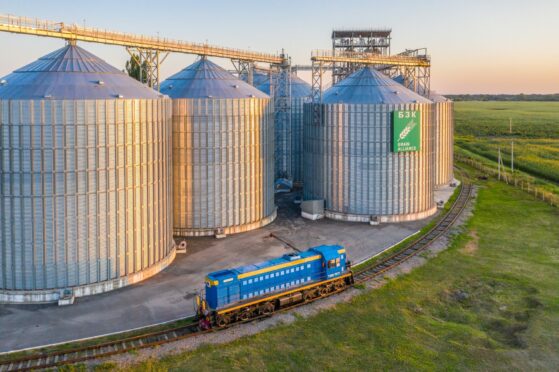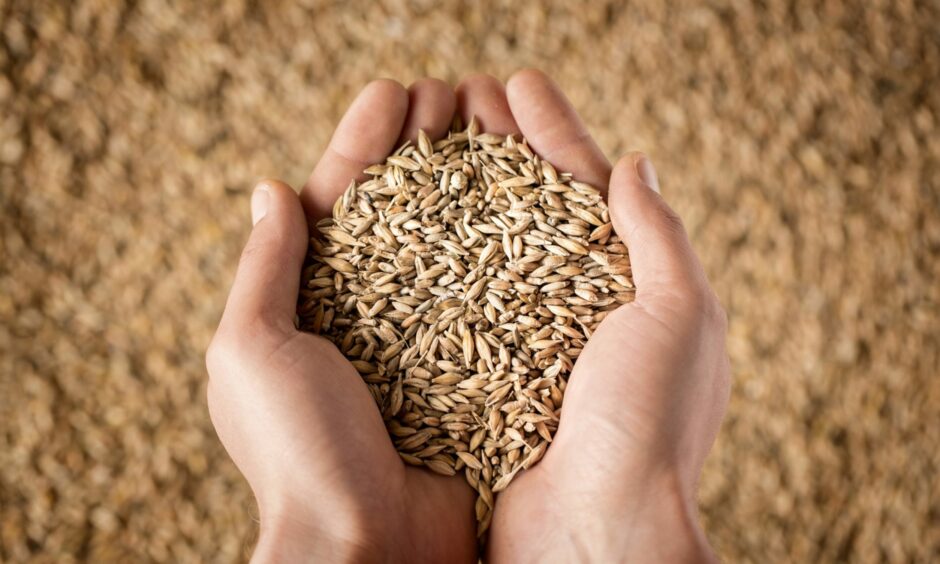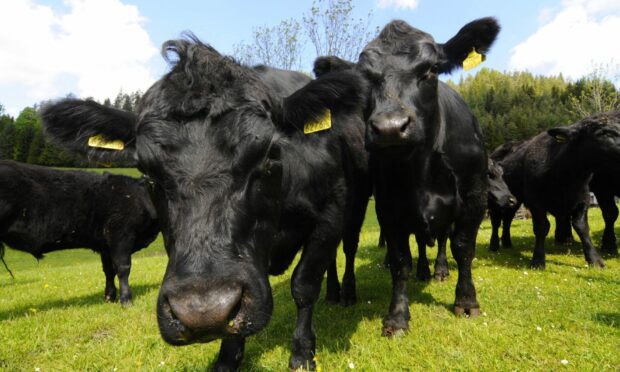The European Commission is establishing what it calls solidarity lanes to help Ukraine export some grain.
This is part of wider measures by the EU to support the Ukrainian economy.
The lanes for exports are being created because Russia has deliberately targeted the main export ports.
The EU says routes to secure some level of grain exports are vital for the economy of Ukraine and for wider global food security.
Before the Russian invasion 75% of Ukrainian grain was exported with 90% moving through the now blockaded Black Sea ports. Key export markets were Europe, China and Africa.
The EU says Ukraine has thousands of tonnes of grain available for export, but that the process is being frustrated by customs red tape and by the fact that the Ukrainian rail gauge means all consignments need to be put onto European rail wagons or lorries at transshipment facilities.
As part of a coordinated plan the EU has committed member states to active programmes to ease the bottlenecks to moving grain.
Beyond this a major issue for the future is a lack of seed and fuel to get crops planted and harvested as the war intensifies across Ukraine.
Meanwhile, the European Food Safety Authority and European Chemical Agency say they have been overwhelmed by the response to a public and scientific consultation on glyphosate.
As a result they have been forced to issue a new timeline for when they will be able to report on all the issues around the safety and environmental impact of the product.
The new timeline will not see this completed until July 2023, despite the EU licence for glyphosate expiring in December this year.
Four member states – France, Hungary, Netherlands and Sweden – are the key players in the review and decision-making process on the licence. On the last occasion renewal was limited by the EU as a compromise.
Securing an extension in the face of legislation against glyphosate in some member states will be an even greater challenge than in 2017.
Lastly, as events to mark 60 years of the Common Agricultural Policy (Cap) gather pace, the European Commission has claimed that the policy has achieved improvements in animal welfare and reduced antimicrobial use across the EU.
It cites as example better housing, better management and a greater understanding of the link between welfare and productivity.
It claims this was helped by cross compliance and by the encouragement, through rural development, for advisory and education programmes.
The European Commission however says that while this has happened it is hard to measure.
It says the new Cap should adopt an EU-wide methodology to measure animal welfare standards and antimicrobial use.
It wants member states to use this to measure the success of the commitment to higher standards in post-January 2023 Cap programmes.
Richard Wright is an agricultural industry commentator.


